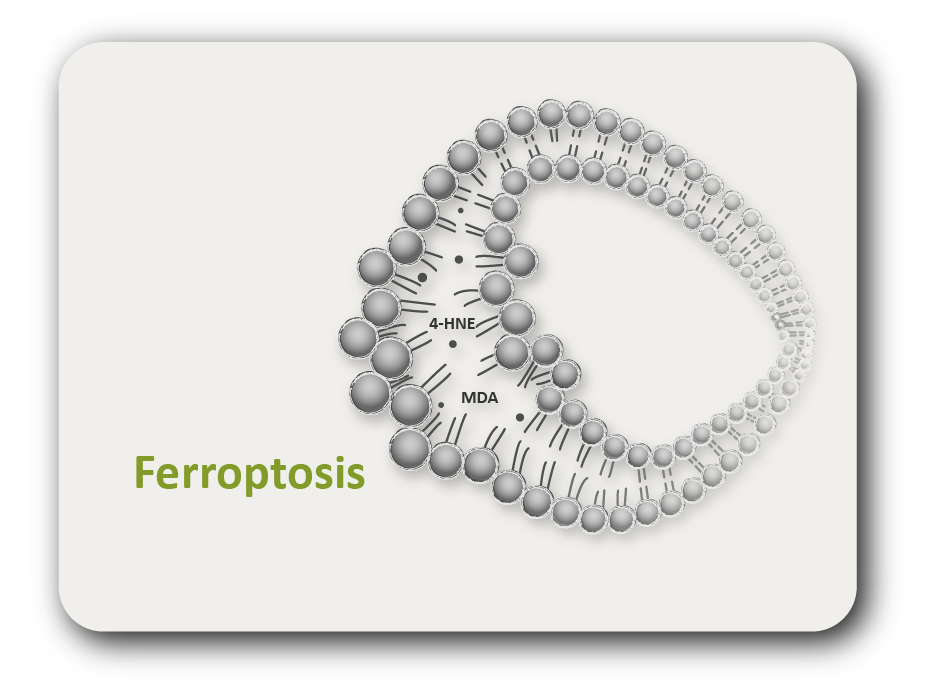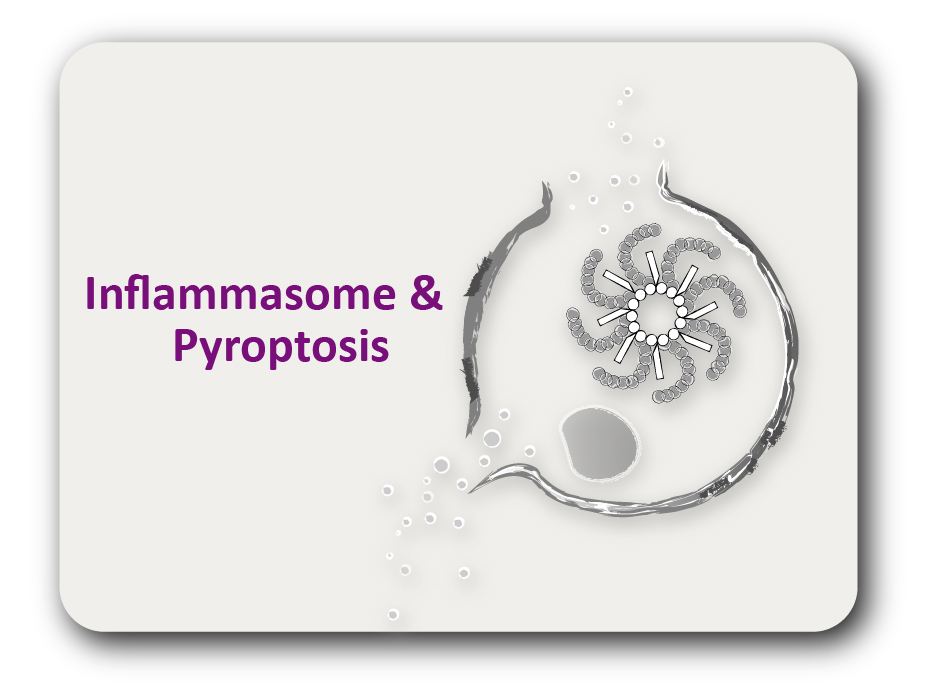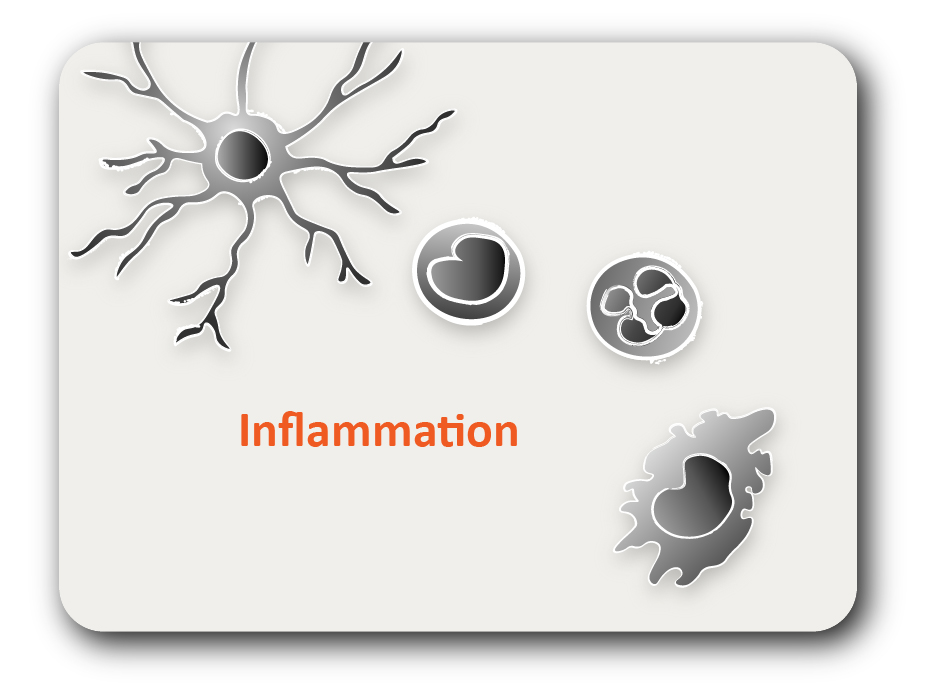ARG70573
Mouse ANGPTL3 recombinant protein (His-tagged)
Mouse ANGPTL3 recombinant protein (His-tagged) for SDS-PAGE
Overview
| Product Description | CHO expressed, His-tagged Mouse ANGPTL3 recombinant protein |
|---|---|
| Tested Application | SDS-PAGE |
| Target Name | ANGPTL3 |
| A.A. Sequence | Ser17 - Thr455 |
| Expression System | CHO |
| Alternate Names | ANGPTL3; Angiopoietin Like 3; ANGPT5; Angiopoietin-Related Protein 3; Angiopoietin 5; ANG-5; Angiopoietin-Like Protein 3; Angiopoietin-Like 3; Angiopoietin-5; FHBL2; ANL |
Properties
| Form | Powder |
|---|---|
| Purification Note | Endotoxin level is less than 0.1 EU/µg of the protein, as determined by the LAL test. |
| Purity | > 85% (by SDS-PAGE) |
| Buffer | PBS (pH 7.4) |
| Reconstitution | It is recommended to reconstitute the lyophilized protein in sterile water to a concentration not less than 200 μg/ml and incubate the stock solution for at least 20 min at room temperature to make sure the protein is dissolved completely. |
| Storage Instruction | For long term, lyophilized protein should be stored at -20°C or -80°C. After reconstitution, aliquot and store at -20°C or -80°C for up to one month. Storage in frost free freezers is not recommended. Avoid repeated freeze/thaw cycles. Suggest spin the vial prior to opening. |
| Note | For laboratory research only, not for drug, diagnostic or other use. |
Bioinformation
| Gene Symbol | ANGPTL3 |
|---|---|
| Gene Full Name | Angiopoietin Like 3 |
| Background | This gene encodes a member of a family of secreted proteins that function in angiogenesis. The encoded protein, which is expressed predominantly in the liver, is further processed into an N-terminal coiled-coil domain-containing chain and a C-terminal fibrinogen chain. The N-terminal chain is important for lipid metabolism, while the C-terminal chain may be involved in angiogenesis. Mutations in this gene cause familial hypobetalipoproteinemia type 2. [provided by RefSeq, Aug 2015] |
| Function | Contributes to lower plasma levels of low density lipoprotein (LDL)-cholesterol by a mechanism that is independent of the canonical pathway implicating APOE and LDLR. May stimulate hypothalamic LPL activity. [Uniprot] |





